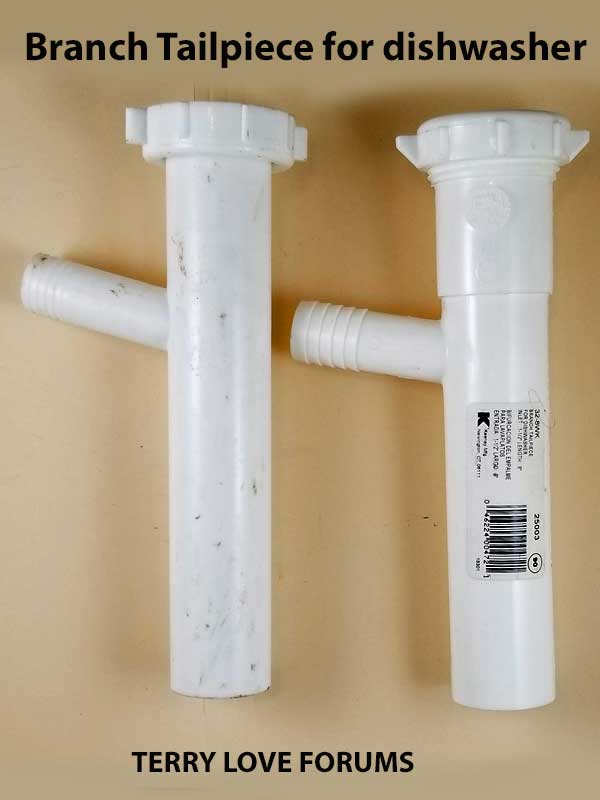AdrianMariano
New Member
The disposer may be full, and or it may do other bad things, and or the sink and or the dishwasher may also do bad things. Cross-connections and backflows possible everywhere. Rarely happens but can be fatal, lethal, deadly. It can be a matter of life or death. That is what plumbing is about. In my view, it is more complex than electricity which is also extremely dangerous.
The above is kind of vague. I thought the concern was water flowing backwards into the dishwasher, which is supposed to be a clean area. Also I guess it would be really annoying if the dishwasher filled up with water to the level of the sink from siphoning. Open the dishwasher and you'd have a huge mess.
What other cross connection of backflow is there in this situation to worry about? I can't contaminate my water supply because the faucet is higher than the sink. I guess I can contaminate the sink. But that's about it.
Other than clogging the pipes, what "bad things" can the disposer do?
What "bad things" can the dishwasher do? I could imagine it somehow draining water continuously. Or maybe draining water that is full of debris and clogs the pipes. But if the latter is going to happen you're presumably better off having it go through the disposer since the disposer gives you a second chance to deal with the debris.
Look at any installation with NO disposer, and then look at my remarks as saying "can we do the same thing WITH a disposer present, by just not going through the disposer?" I am not a plumber so I ask without knowing the answer.
As I understand it, there are two ways to construct an installation with no disposal. One involves a high loop air gap and the other one involves an air gap on the counter top. I don't see a reason why you couldn't have a disposer and nevertheless connect the dishwasher drain to the second sink drain which doesn't have the disposer. But you'd still have the high loop air gap or the air gap on the counter.
Now it seemed that you were suggesting some third type of air gap, a "teed air gap below the sink but above the trap". I don't understand what this is. And it seems like as soon as the water level in the system rises above it (e.g. into the sink) then water will be able to siphon back into the dishwasher (or water will be pouring out of this mysterious under-the-sink air gap). So this type of air gap wouldn't be as good as the other two kinds at preventing siphoning back into the dishwasher.

